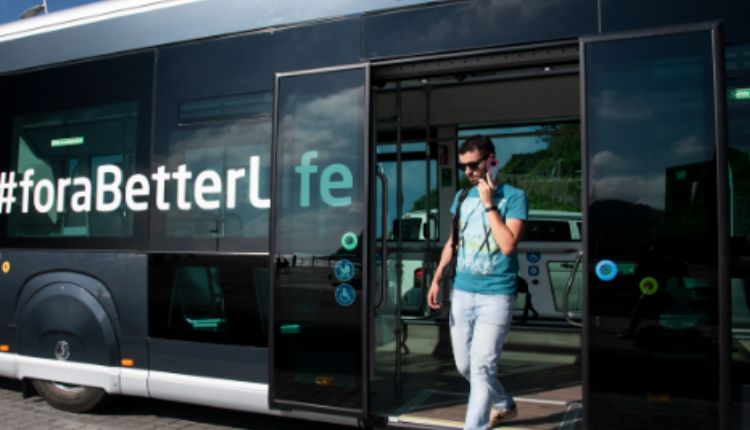
Innovative Bus Door Systems Improve Accessibility And Safety
As vaccination rates increase and restrictions are lifted, bus ridership is expected to recover. However, the issue of faulty bus doors remains a concern for many passengers. This is mainly due to the fact that it can cause injuries to passengers and create confusion. This article will cover several aspects of the problem and discuss possible solutions.
Advancements In Automation And Sensor Technologies
Automatic Busdoor Systems is an innovative technology that improves passenger accessibility and safety. These systems use sensors to detect passengers and activate powerful actuators that open the doors. This reduces the risk of accidents and injuries related to manual operation. Moreover, these systems are compatible with many types of buses, making them a valuable asset for public transportation.
Sensors are a vital part of any industrial system. From robotics to smart factories, the demands for precision and efficiency are increasing across all industries. In order to meet these demands, sensor manufacturers need to provide more efficient and effective solutions. This is why it is important to keep up with the latest technology advances. One of the latest trends in automation is the integration of vision and force sensing into process control. By combining these technologies, companies can gain better insight into their production processes. This will help them make more informed decisions about future upgrades.
Increased Demand For Safe Public Transport
In modern society, people depend heavily on public transportation systems. This dependency results in a number of issues, including traffic congestion, long commuting times, high levels of CO2 emissions, and limited parking spaces. But these problems can be reduced by creating safer, more accessible transportation systems. A recent study by Northwestern University students Ryan Teo and three others has developed a bus design that seeks to do just that. Inspired by the way dandelions disperse their seeds, the designers created a concept that allows passengers to step on and off without coming into close contact with other riders.
As cities end their coronavirus lockdowns, transit agencies will need to figure out how to increase ridership quickly and safely. But simply discouraging nonessential trips won’t be enough: Those who work in critical sectors—healthcare, law enforcement, and food-supply chains—still need to get to work (Exhibit 1). Shifting demand away from peak times can free up capacity for essential trips.
Growth Of Connected Infrastructure
FTTH and IoT are two of the most rapidly growing areas in infrastructure technology. They enable the implementation of emerging technology in business and everyday life. However, the growth of connected infrastructure comes with a number of challenges that organizations need to address. These include security threats, data governance issues, and a shifting regulatory environment.
As the world becomes increasingly digitized, infrastructure designers will shift their focus from delivering infrastructure that fulfills a specific purpose to anticipating its future needs. For example, public transport systems will monitor traffic flows and adjust accordingly to avoid congestion or provide additional services. Machines and objects will also collate performance metrics and order replacement parts as needed. The future of infrastructure is bright, but it must be backed by high-speed connectivity to achieve its full potential.
Faulty Bus Door Opening Mechanism
A bus door that opens while the bus is in motion can cause serious injuries to passengers. This is why it is important to have a fail-safe mechanism to prevent such accidents from happening. A new system can prevent buses from getting into trouble by preventing the door from opening when a vehicle is in motion. A system for preventing such incidents includes a safety interlock connected t the door handle that assures that a safe condition is present before the door can be opened. The system also includes a signal indicating that the door is open or being opened.
The new system can be easily installed in most buses since it uses compressed air that is already available and plumbed for actuating the service brakes. It is also cheaper and simpler than other solutions that involve using batteries or installing sensors. It also requires no modifications to the existing control systems and can be used with most New Flyer bus models.
Conclusion
Busdoor are a type of vehicle door that opens and closes with air pressure. A lever above the door controls this air pressure & when moved to the emergency/manual position allows passengers to operate the doors manually. Crowding around doorways on buses directly affects operations because passengers have to push through a crowd of people to board or alight. This study analyzes the impact of this crowding on marginal dwell times for one-door buses.




